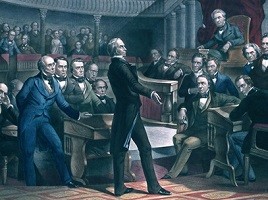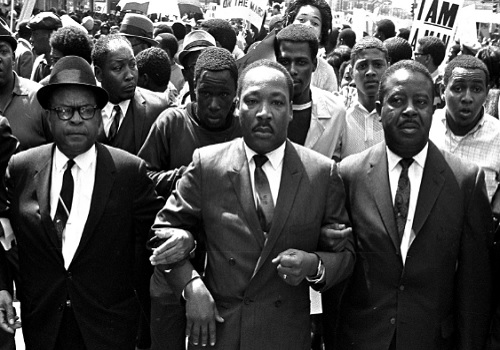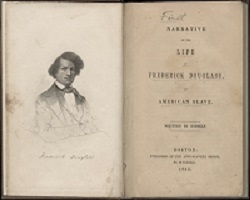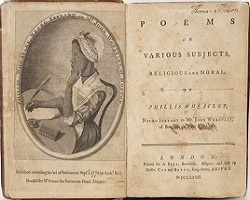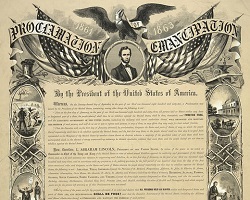Interesting Facts about the Underground Railroad
- Its most famous conductor was Harriet Tubman.
- The Underground Railroad (UR) was not underground nor was it a railroad. It was called “underground” because of its secretive nature and “railroad” because it was an emerging form of transportation.
- The UR was an informal network and had many routes. Most routes went to northern states and after 1850, to Canada. Others went south to Mexico or the Caribbean.
- Historians estimate that about 100,000 slaves escaped using the UR network.
- Most actions by people who helped slaves escape were spontaneous actions of generosity. They were women, men, children, white and black. A lot of them were Quakers and Methodists.
- Railroad language was adopted as secret codes use by agents, station masters, conductors, operators, stockholders and all of those involved in saving slaves. Coded song were used by slaves.
- Levi Coffin was known as the “President of the Underground Railroad” and his home as the “Grand Station of the Underground Railroad”.
- The history of the UR goes back to the 1780s and became known as such in the 1830s. It reached its height in the 1850s and ended in 1863 when President Lincoln announced the Emancipation Proclamation.
- The most famous supporters of the UR are: Harriet Tubman, Levi Coffin, William Still, Frederick Douglass, Thomas Garrett, William Lloyd Garrison, John Brown, Samuel Green, Gerrit Smith, Lucrecia Coffin Mott among others.
- UR stations had secret hideouts such as passages, basements, cellars and hidden compartments in cupboards where slaves were safely hidden.
- The Fugitive Slave Act of 1850 made it more difficult for slaves to escape. The law allowed for slaves to be returned to their masters even though they were in a free state. The final destination became Canada.
- Under the Fugitive Slave Act any person who was caught helping a slave escape or offering shelter could be send to jail for 6 months or subjected to a $1,000 fine.
Leaders of the African American Civil Rights Movement
Category: Facts, Underground Railroad

